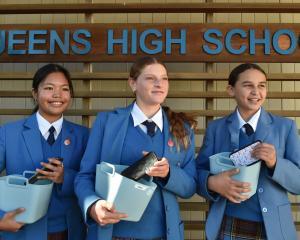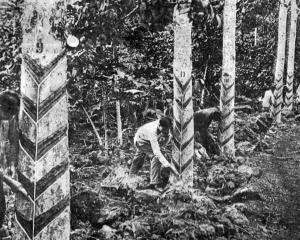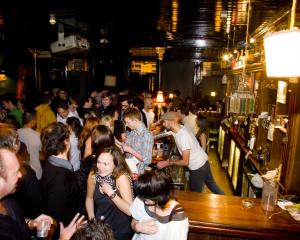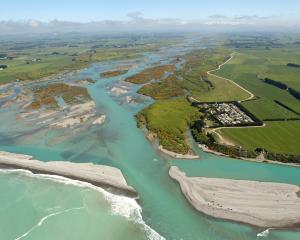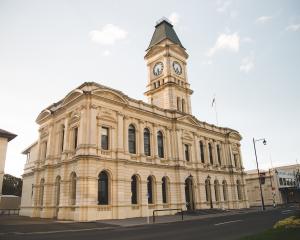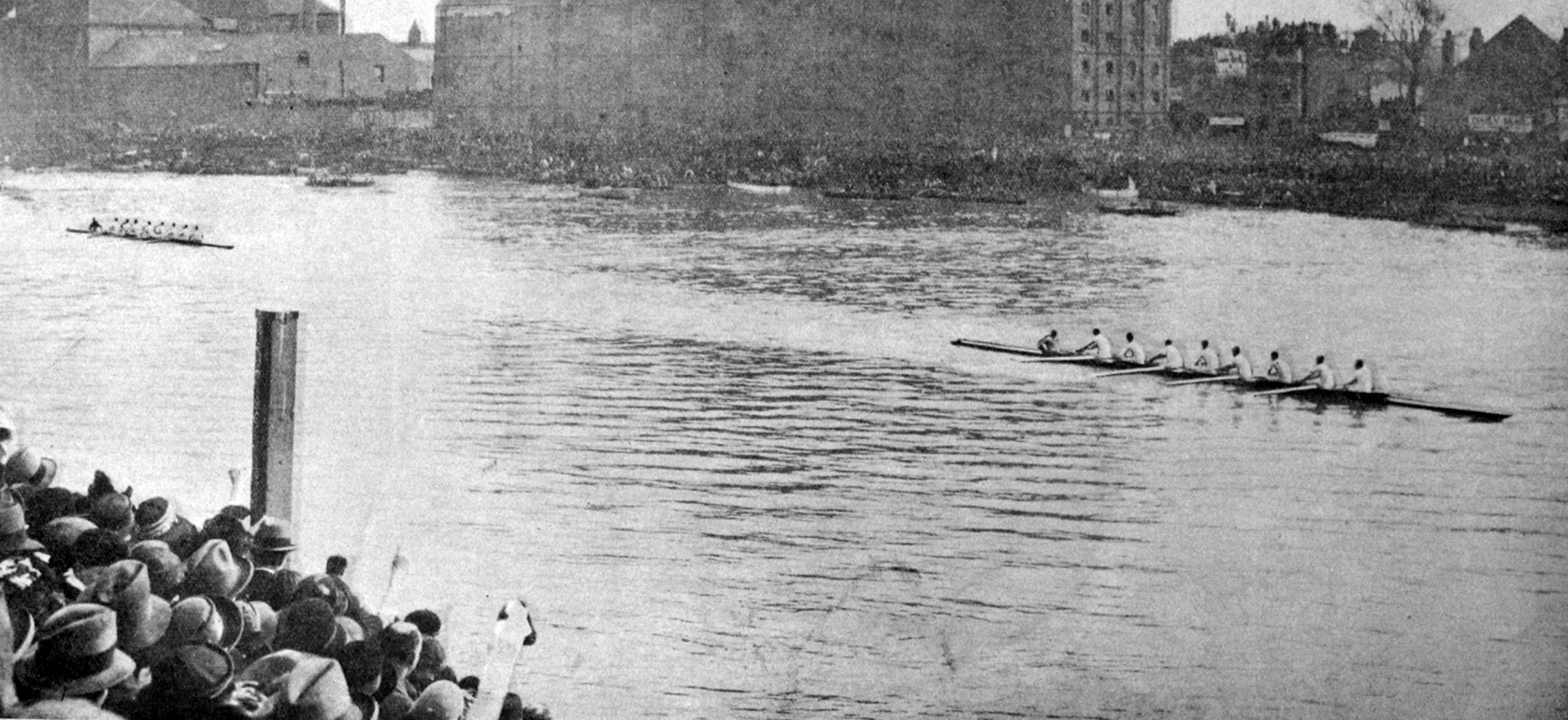

New Zealand on display
New Zealanders in London learned for the first time yesterday about the exhibits which they will have an opportunity of seeing in the course of a month or two at Wembley. In the main hall of the New Zealand pavilion will be found a wonderful collection of tourist and sporting attractions, with Maori carvings and a series of panels painted by New Zealand artists, depicting various aspects of the dominion’s life, scenery, and industry. An exhibit of polished native timbers, with a life-sized figure of a New Zealand lumberman, will draw attention to an important branch of the country's activities, and among a group of red deer heads will be seen several that have fallen to the gun of Viscount Jellicoe. The North Court of the pavilion will be devoted almost entirely to a display of primary products — mutton, lamb, butter, cheese, fruit and fish — exhibited under frost in refrigerator cabinets. Nearby will be a restaurant where, as far as practicable, New Zealand products will be served. The main feature in the South Court will be the wool exhibit, with a series of cases containing every grade of wool produced in the dominion.
A dome in the centre will be surmounted by a life-sized figure of a man shearing a sheep, with wool falling in cascades from his feet, and completely covering the dome. In the same section will be an exhibit of mineral resources and a display of the smaller primary industries — hemp, kauri gum, cereals, agricultural seeds, honey etc — and surrounding the central display will be representative exhibits of various New Zealand manufactures, including a motor body, rugs and blankets. In a kinema hall attached to the South Court the scenic attractions and industries of the dominion will be shown in pictures, and a large reception room, with furniture made in New Zealand from home-produced materials, will be used. At an inquiry bureau visitors will be able to obtain information on all matters connecting the dominion, its industries. its tourist facilities and the opportunities for emigrants.
NZ opens up Antarctic whaling
The arrival at Paterson's Inlet, Stewart Island, on Thursday of the Norwegian whaling expedition to the Ross Sea, marks an interesting revival of whaling activities. The expedition, which consists of the parent ship the Sir James Clark Ross, and a fleet of whale chasers, is working on a three-year permit from the New Zealand Government to operate in the cold, icebound southern waters. Altogether the fleet consists of six vessels. The Sir James Clark Ross, the parent ship, is a vessel of 7630 tons, and is known familiarly as "The Factory." In addition there are five whale chasers named respectively Star 1, 2, 3, 4 and 5. — ODT, 7.4.1924
Compiled by Peter Dowden


